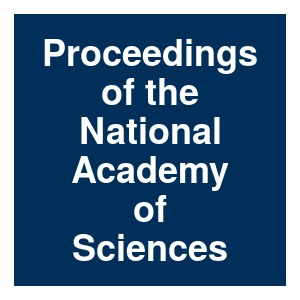An introgressed gene causes meiotic drive in Neurospora sitophila

|
J. Svedberg, A. A. Vogan, N. A. Rhoades, D. Sarmarajeewa, D. J. Jacobson, M. Lascoux, T. M. Hammond and H. Johannesson,
Proceedings of the National Academy of Sciences of the United States of America,
118:9.
2021.

Meiotic drive elements cause their own preferential transmission following meiosis. In fungi, this phenomenon takes the shape of spore killing, and in the filamentous ascomycete Neurospora sitophila, the Sk-1 spore killer element is found in many natural populations. In this study, we identify the gene responsible for spore killing in Sk-1 by generating both long- and short-read genomic data and by using these data to perform a genome-wide association test. We name this gene Spk-1. Through molecular dissection, we show that a single 405-nt-long open reading frame generates a product that both acts as a poison capable of killing sibling spores and as an antidote that rescues spores that produce it. By phylogenetic analysis, we demonstrate that the gene has likely been introgressed from the closely related species Neurospora hispaniola, and we identify three subclades of N. sitophila, one where Sk-1 is fixed, another where Sk-1 is absent, and a third where both killer and sensitive strain are found. Finally, we show that spore killing can be suppressed through an RNA interference-based genome defense pathway known as meiotic silencing by unpaired DNA. Spk-1 is not related to other known meiotic drive genes, and similar sequences are only found within Neurospora. These results shed light on the diversity of genes capable of causing meiotic drive, their origin and evolution, and their interaction with the host genome. More related to this: Evolutionary dynamics of spore killers Genetic villains: Killer meiotic drivers A large gene family in fission yeast encodes spore killers that subvert Mendel’s law Spore-killing meiotic drive factors in a natural population of the fungus Podospora anserina Invasion and maintenance of spore killers in populations of ascomycete fungi
|



